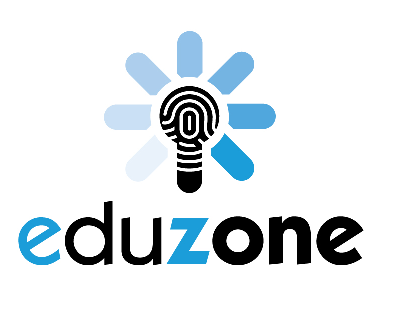Aegis Identity Software Launches ' EduZone '

Aegis Identity Software, Inc., a leading education technology (Ed-Tech) provider of Identity and Access Management solutions for the education marketplace, announced yesterday its educational community platform - EduZone. The platform enables student achievement and enhances teacher effectiveness through the creation of an online place for educators, students, parents, and administrators to securely discover and access district approved educational resources to meet their educational needs. The Company also announced that it has made initial marketplace deliveries.
"We are happy and proud to have made first customer shipments of this exciting technology solution. EduZone will make onboarding of apps much easier for K12 Districts and at the same time enhance student data privacy," said Bob Lamvik, CEO of Aegis Identity Software, Inc.
"At the core of everything we do at Aegis is the belief that technology can empower every leader to lead, parents to participate and transform how students learn and teachers teach," continued Bob Lamvik. "EduZone's enterprise-class software platform was designed to manage digital identities as well as resolve all of the digital citizen issues that education faces today. We are proud to be at the forefront of creating technology environments that increase student's success."
Aegis Identity's new EduZone Education Community Platform is designed specifically for K12 and benefits its Digital Citizens by:
Protecting students by only allowing access to student information for district approved educational purposes by approved people within approved systems,Advancing student achievement by managing the authoritative access and use of information for enabling personalized learning for each student along their unique learning progression,Enabling Single Sign On (SSO) and increasing teacher effectiveness by allowing educators to focus their time on instruction and not gathering data from multiple systems with independent logins,Providing teacher access to tools they need by creating market efficiency, flexibility and allowing teachers to discover and choose the right educational tools for their classrooms; elimination of vendor lock-in, and Increasing resources for instruction by reducing integration and implementation costs of educational applications and allowing these savings to be put toward instructional goals.
Image Source : http://aegisidentity.com/identity-software/wp-content/uploads/eduzone-3.jpg
Post Your Comments for this News
Related Articles
-
Tips for Teaching Coding in Classroom
2017-06-16 12:39:35
-
How to Prepare for Student Orientation Day
2017-05-18 12:53:05
-
World Day for Cultural Diversity for Dialogue and Development.
2017-05-18 10:27:42
-
Big Data for Big Impact #WTISD-17
2017-05-17 09:28:16



